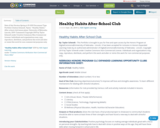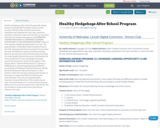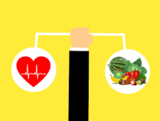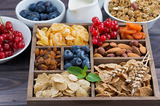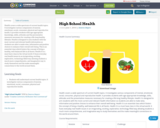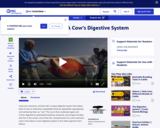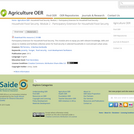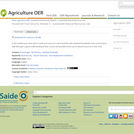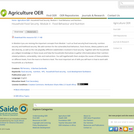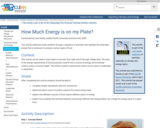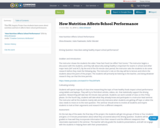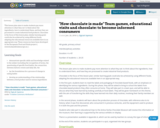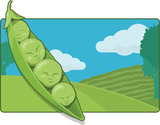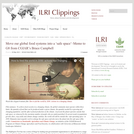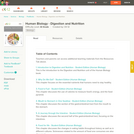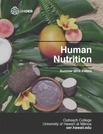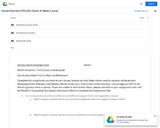Healthy Hedgehogs After School Program
By: Sophie Johnson Copyright 2019 by Sophie Johnson under Creative Commons Non-Commercial License. Individuals and organizations may copy, reproduce, distribute, and perform this work and alter or remix this work for non-commercial purposes only
NEBRASKA HONORS PROGRAM CLC EXPANDED LEARNING OPPORTUNITY CLUBS INFORMATION SHEET:
Name of Club: Healthy Hedgehogs
Age/Grade Level: 2nd - 5th grade
Number of Attendees: (ideal number) 8
Goal of the Club: (learning objectives/outcomes) To learn about the body and difference aspects of health including physical, mental and social well-being. Also promoting an overall healthy lifestyle.
Resources: (Information for club provided by) Previous knowledge and online sources
Content Areas: (check all that apply)
☐ Arts (Visual, Music, Theater &Performance)
☐ Literacy
☐ STEM (Science, Technology, Engineering &Math)
☐ Social Studies
☒ Wellness (Physical Education, Health, Nutrition &Character Education)
Outputs or final products: (Does the club have a final product/project to showcase to community?) N/A
Introducing your Club/Activities: This club encouraged healthy behaviors.
General Directions: Pick a health-related topic each week being sure to review previous lessons. Helps to tie it to previous weeks lesson.
Tips/Tricks: Use fun activities to wrap up the lesson and increase interest in the topic.
